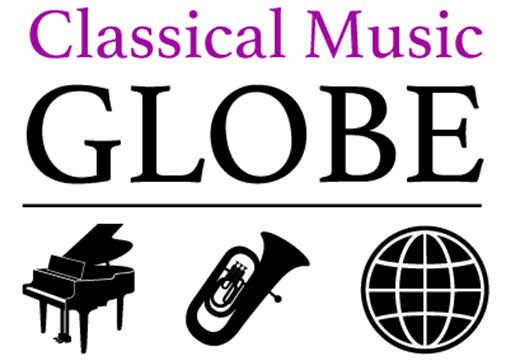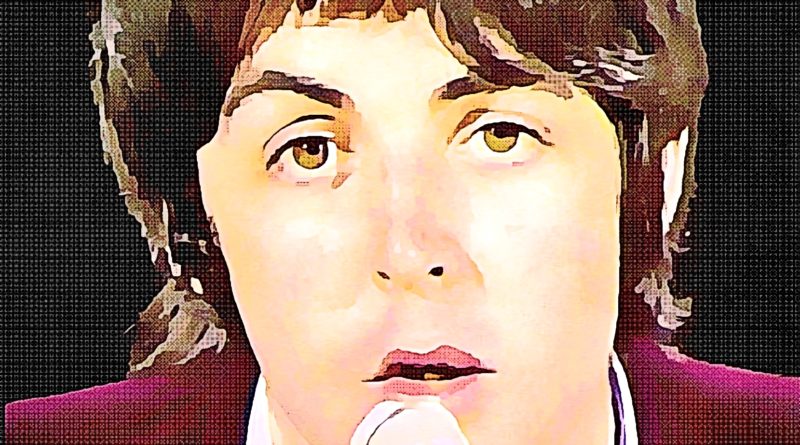Take Some Old Songs and Make Them Newer: The Beatles’ ‘Hey Jude’ at 50
A closer look into the reflective first release in the Fabs’ final year together

In light of the fact that they’re the most popular rock act in the history of music, the Beatles’ catalog is more than a bit confusing.
Though CD era reissues were part of a concerted effort to realign and untangle things, the original release schedule of Beatles albums in the ’60s (and very early 1970s) is a somewhat disorganized affair.
As the group began what would turn out to be its final phase, however, things really did seem to get sorted. The group launched its own label, Apple (a boutique imprint of EMI) and exercised greater control. Releases of The Beatles (commonly known as the White Album) and the Yellow Submarine soundtrack LP were identical worldwide. In September 1969, the product of the group’s final sessions, Abbey Road would be released.
VIDEO: The Beatles “Hey Jude”
But that wasn’t nearly the final word on “new” Beatles albums. Recorded before Abbey Road in sessions during January 1969, Let it Be would finally see release in May 1970. But in between Abbey Road and Let it Be, as the group was dissolving in a morass of ill feeling and lawsuits – and as Apple collapsed in disarray, there would be another album. Manager Allen Klein was brought in (by, it should be noted, by John, George and Ringo but not Paul) and made the decision to fill the gap in new product while the release date of Let it Be remained uncertain.
Running quite counter to what had been the Beatles’ approach of offering value for money by not repackaging old content, Klein decided to patch together an entire “new” album of Beatles music that had yet to appear on LPs. The record was scheduled for release as The Beatles Again but was officially released in February 1970 bearing the title of one of its songs, Hey Jude.

Had Klein stuck with the original title, the album would have made a kind of sense. Like The Early Beatles years before, it was a collection that drew from many different recording sessions over an extended period. In hindsight, Hey Jude is a kind of template – albeit a clumsy one – for the CD era Past Masters albums, a pair of releases that collect non-LP tracks.
But while the 1988 releases Past Masters Volume One and Past Masters Volume Two take an organized, chronological and comprehensive approach to the material, Hey Jude is a thrown-together affair chiefly designed to extract money from consumers.
Yet that doesn’t mean that Hey Jude isn’t filled with great music. It truly is. And it has virtues.
At ten tracks, Hey Jude is a somewhat slim volume, but with the title track running more than seven minutes, that can be forgiven in light of the physical limitations of vinyl LPs. And the track order is in fact chronological, starting with 1964’s “Can’t Buy Me Love” and running through “Ballad of John and Yoko” from May ’69. Most of the previously non-album tracks were extremely well-known, with the possible exceptions of 1964’s “I Should Have Known Better” and George Harrison’s b-side “Old Brown Shoe.” But when it comes to the Beatles, it’s something of a misnomer to describe any released track as little-known.
Well, okay: maybe the b-sides “I’m Down,” “The Inner Light” and “You Know My Name (Look Up the Number)” qualify as relatively obscure, but none of those were included on Hey Jude. In any event, the album performed well on the charts, eventually prompting Klein to release it in the UK where it was popular as an import.

Young consumers of the day – including this writer – were somewhat confused by the Hey Jude album. Today we know that its front and back photos date from the group’s final photo session at Tittenhurst, and that it’s a compilation release. But in 1970 none of that was so clear, and some record buyers might have been thrown off the cognitive dissonance of seeing bearded, long-haired musicians on the jacket and hearing “Can’t Buy Me Love.”
In the late 1980s when Apple/EMI set about reissuing the Beatles’ catalog in the CD format, Hey Jude disappeared. All of its tracks showed up elsewhere, either on the original British LPs where they had first appeared or on the Past Masters collections. But acceding to the kind of nostalgia that is part and parcel of Beatles fandom, EMI did what it had done years earlier when it belatedly made the American LP available in CD format: Hey Jude was reissued on CD in 2014, albeit only as part of a box set.




